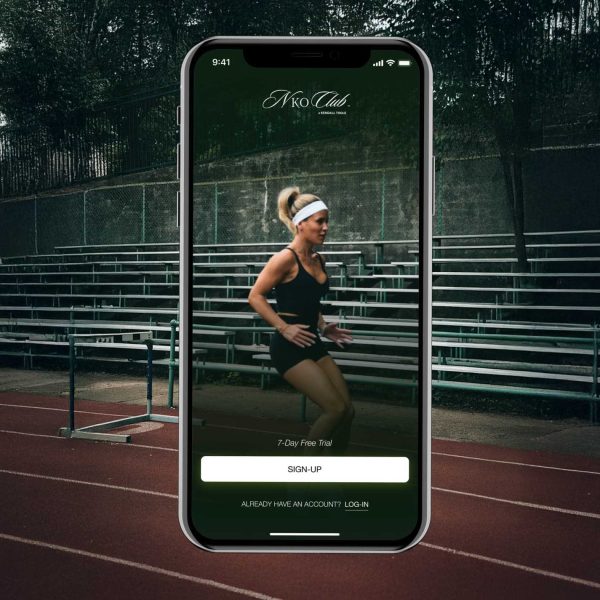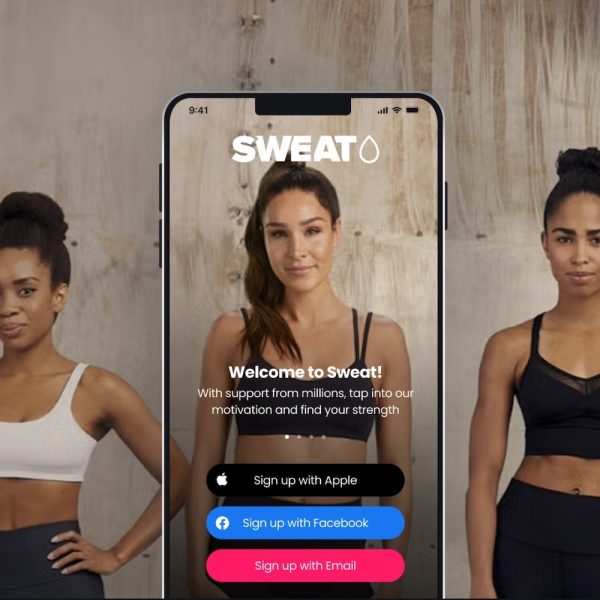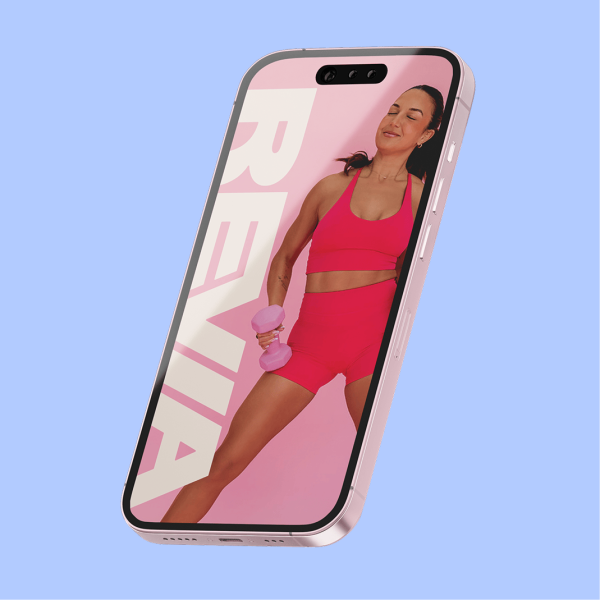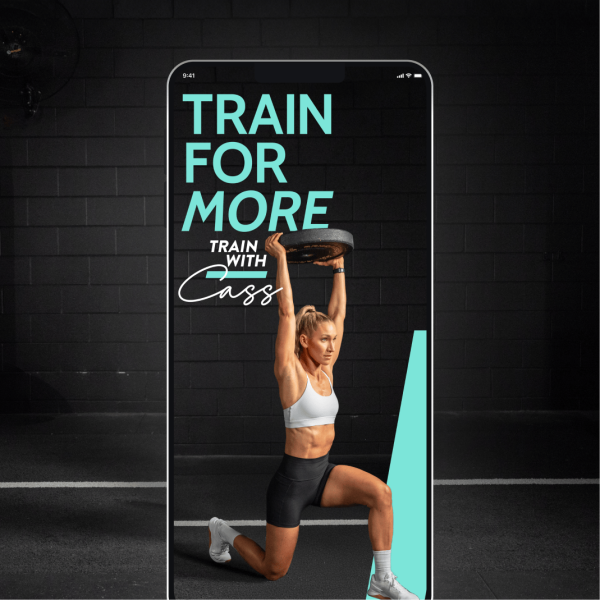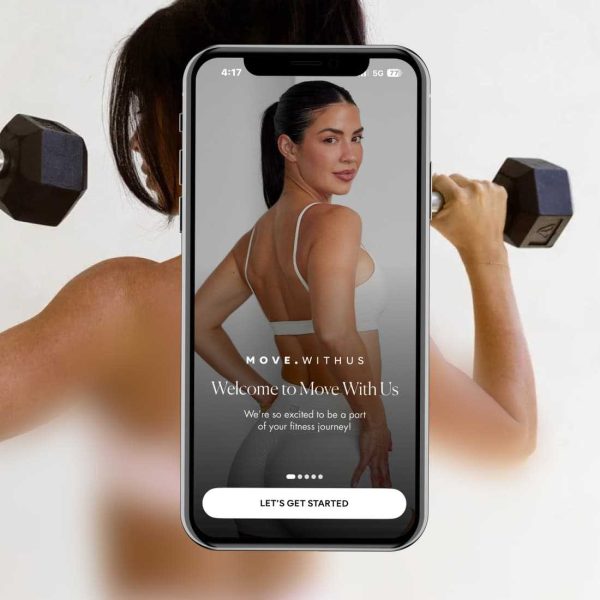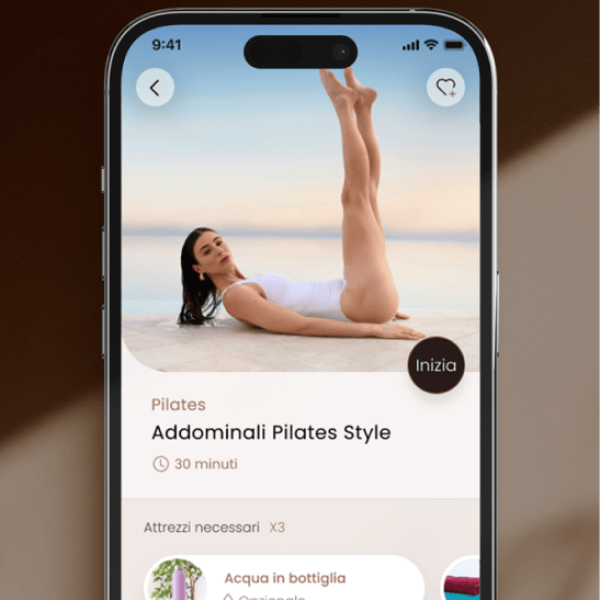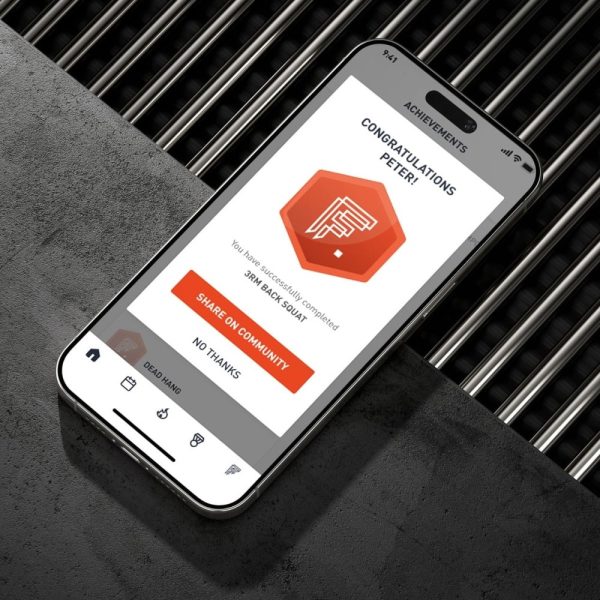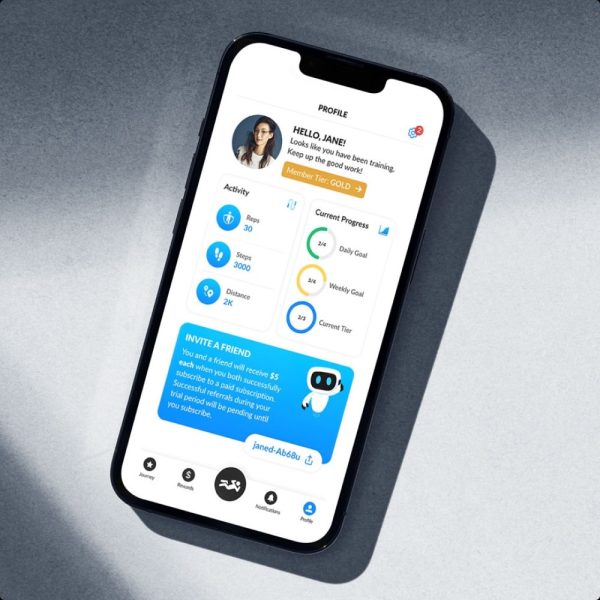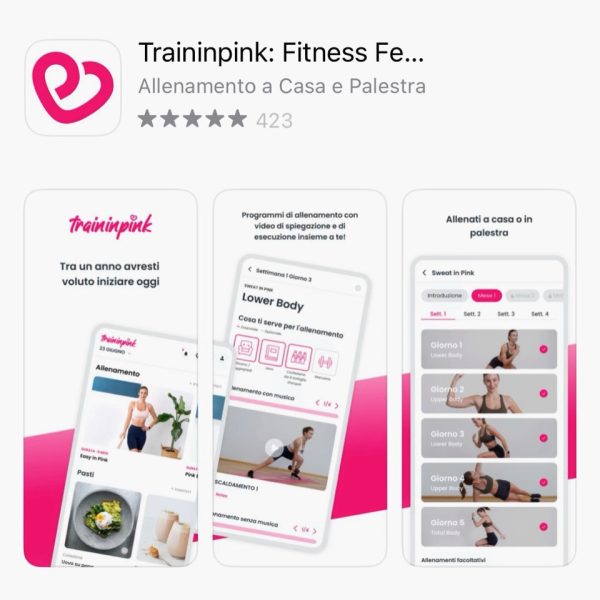Fitness App Development
Expert fitness app developers who built SWEAT ($400M exit), Traininpink (Italy's #1 fitness app), and platforms serving 50+ million users globally. Workout tracking, wearable integration, nutrition planning, and community features that drive engagement and subscription retention.
Our Proven Track Record:
- Apple Best of Developers, Watch App & TV App of the Year
- Built the world’s #1 fitness app, Kayla Itsines, Sweat, Traininpink, Move With Us, Train with Cass, Pilates Obsession...
- 20+ apps featured in the App Store and Google Play
- Over 30 Australian and global awards


Award-Winning Fitness App Development
We don't just build fitness apps - we build fitness businesses. Our fitness app development expertise has generated over $500M in combined client revenue, from Kayla Itsines' SWEAT app (50M+ downloads, $400M exit) to Traininpink (Italy's market leader) and Rachel Dillon's Move With Us. As fitness app developers who've spent 10+ years in this vertical, we understand the mechanics that make fitness apps sticky: workout efficacy, progress visualisation, community engagement, and subscription retention.
Fitness app development is uniquely challenging. Users expect flawless workout tracking, seamless wearable integration (Apple Watch, Fitbit, Garmin), offline functionality for gym environments, video streaming without buffering, and social features that motivate without feeling intrusive. As specialised fitness app developers, we've solved these challenges dozens of times across strength training, yoga, pilates, running, cycling, HIIT, and hybrid fitness methodologies.

SWEAT
#1 in 142 Countries
10M+ Downloads

Traininpink
#1 Italy Fitness App
50% User Growth

Move With Us
4.9+ App Rating
8,500+ Reviews
Why Fitness Professionals Choose PixelForce Developers
Our fitness app development portfolio spans every revenue model: subscription-based apps (SWEAT's proven model generating $100M+ annually), freemium with in-app purchases, one-time premium purchases, B2B2C partnerships with gyms and wellness brands, and corporate wellness integrations. We've helped personal trainers monetise their expertise, fitness influencers scale beyond Instagram, and established brands launch digital products driving recurring revenue.
- Proven Fitness App Track Record: As fitness app developers who built SWEAT from MVP to $400M exit and Traininpink to Italy's #1 position, we understand what makes fitness users subscribe, engage daily, and recommend apps to friends. Our fitness app development process is validated by real-world success - not theory.
- Fitness-Specific Technical Expertise: Expert integration with HealthKit (iOS), Google Fit (Android), wearable devices (Apple Watch, Fitbit, Garmin, Polar), video streaming optimisation, offline workout delivery, and real-time progress tracking. We've solved the technical challenges unique to fitness app development.
- Fitness Business Understanding: Our fitness app developers understand fitness economics - churn rates, lifetime value, acquisition costs, and retention mechanics. Our fitness app development focuses on metrics that matter: daily active users, workout completion rates, subscription retention, and revenue per user.
- Community Features Driving Retention: Built social features for fitness apps that drive accountability and engagement: leaderboards, challenges, progress sharing, community forums, trainer-client messaging. Community features increase retention 40-60% versus solo workout apps.
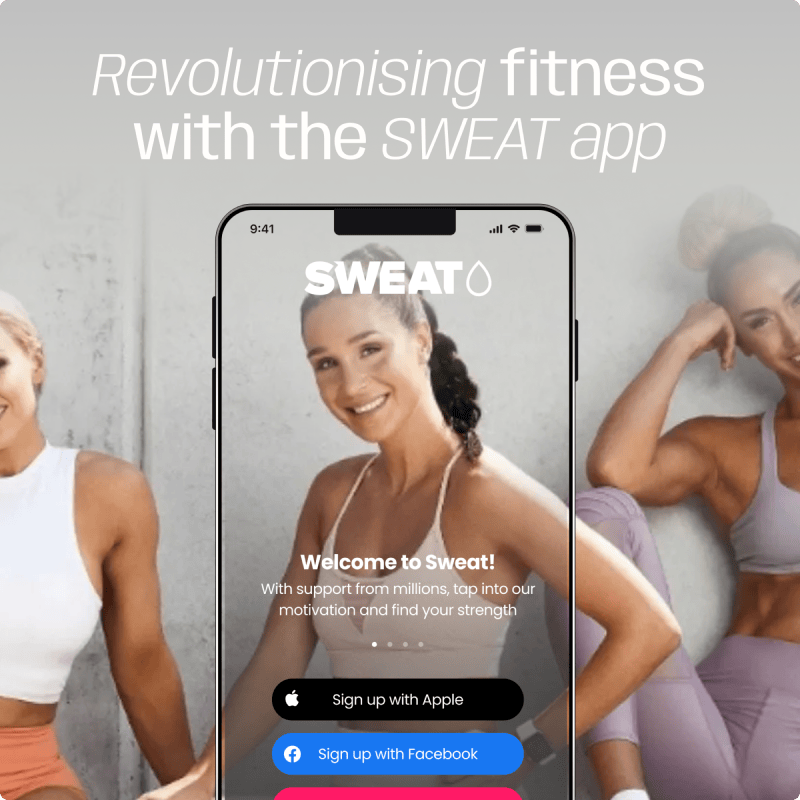
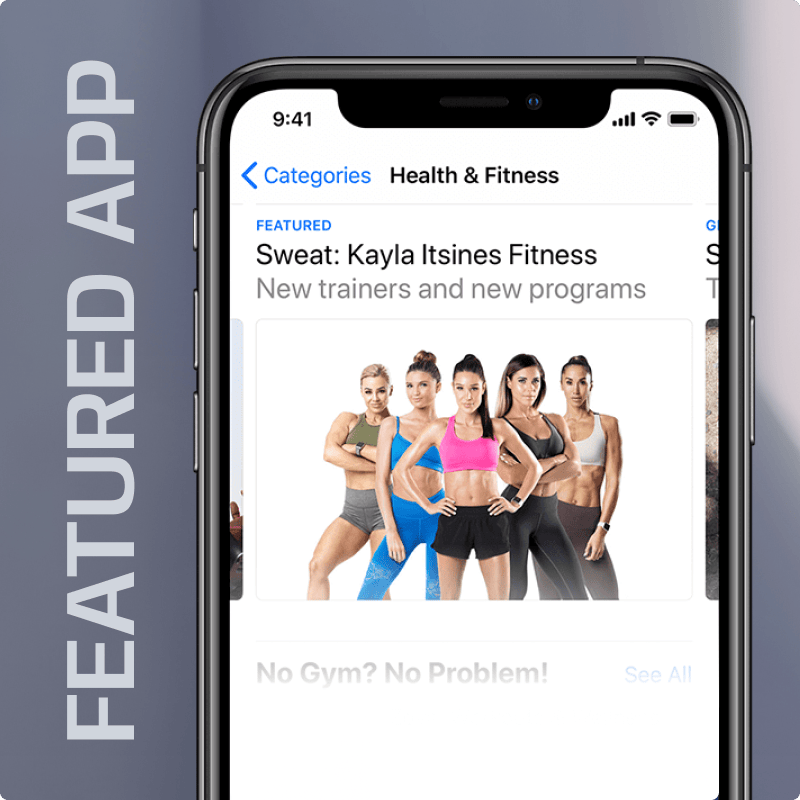
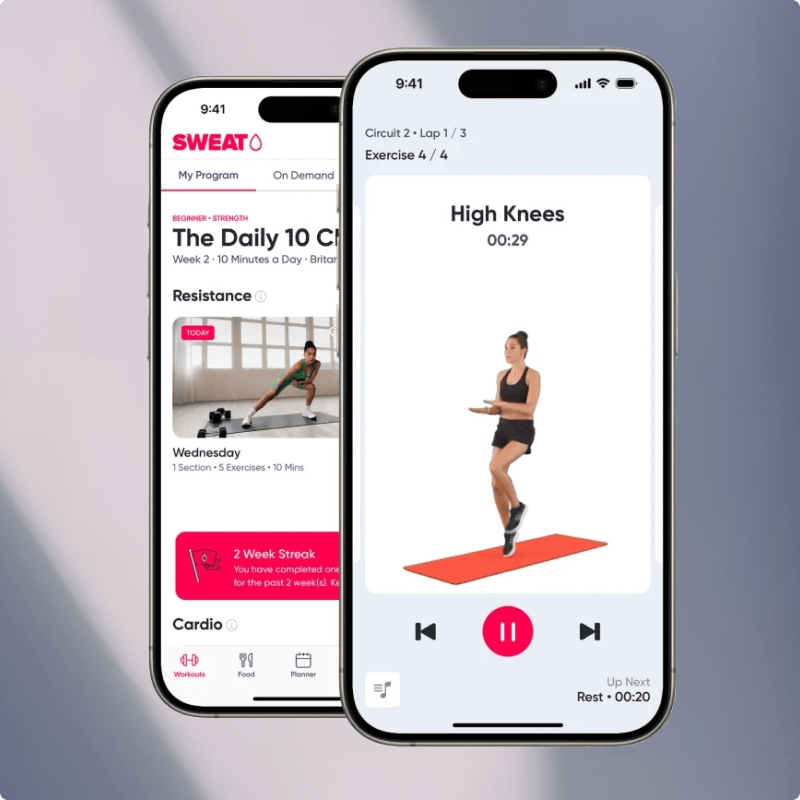
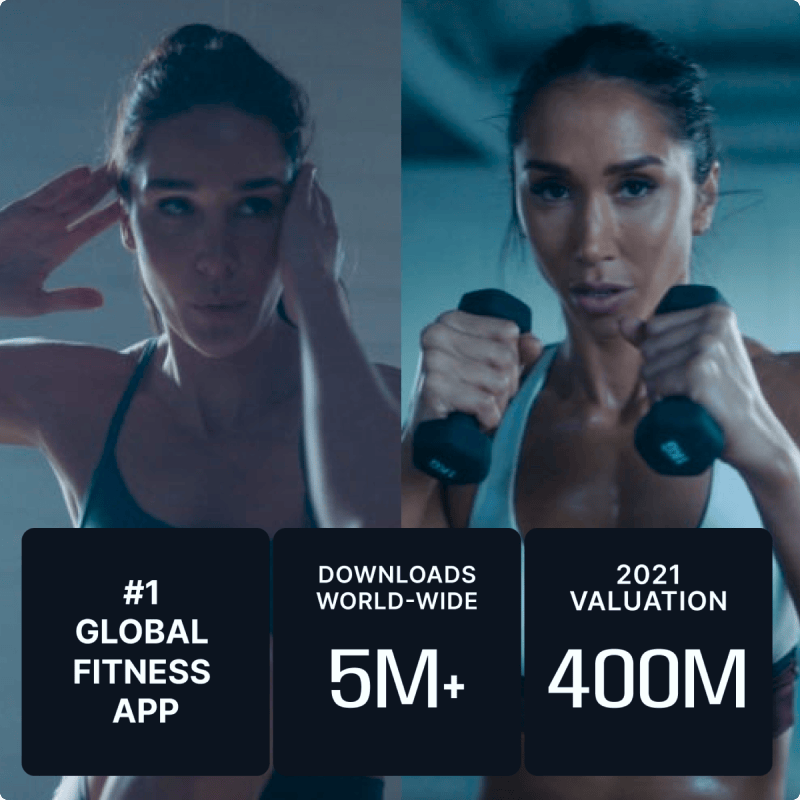
Fitness App Development Services
Personal Training & Coaching App Development
Transform your personal training business into scalable digital product. Our fitness app development enables trainers to deliver personalised programs, track client progress, provide form feedback through video analysis, manage scheduling and payments, and scale beyond 1-to-1 sessions.
Core Features: Custom workout builder tools, exercise video libraries with form demonstrations, progress tracking and analytics, client communication and check-ins, form check video submission and review, habit tracking and nutrition logging, subscription or session-based billing integration.
Ideal For: Personal trainers monetising online, fitness coaches scaling beyond local clients, fitness influencers with engaged audiences, group fitness instructors launching digital offerings.
Workout & Training Plan Apps
Structured fitness programs delivered through engaging mobile experiences. Our fitness app developers specialise in workout tracking apps featuring progressive overload systems (automatically increasing weights/reps), exercise demonstration videos, timer functionality for intervals and circuits, rest period management, workout history and progress charts, and body part focus targeting.
Popular Fitness Categories: Strength training and bodybuilding, HIIT and circuit training, yoga and pilates, running and endurance training, CrossFit-style functional fitness, sports-specific training, postpartum and prenatal fitness, rehabilitation and physiotherapy programs.
Fitness Community & Social Apps
Engagement-driven fitness platforms where community drives retention. Our fitness app development includes challenge and competition systems (monthly challenges, team competitions), leaderboards and rankings, progress photo sharing and transformations, community forums and discussion boards, trainer Q&A and expert content, achievement badges and milestones, and social accountability features.
Key Metric: Community-driven fitness apps see 60-80% higher retention than solo workout apps. Social features transform occasional users into daily active users.
Wearable Integration & Biometric Tracking
Seamless connection with fitness wearables and health platforms. Our fitness app developers implement comprehensive wearable integration: Apple Watch native apps (complications, standalone functionality), HealthKit synchronisation (heart rate, calories, steps, sleep), Google Fit integration (Android ecosystem), third-party wearables (Fitbit, Garmin, Polar, Whoop, Oura), heart rate zone training, GPS tracking for outdoor activities, sleep quality monitoring, and recovery metrics.
Technical Expertise: Real-time data synchronisation, background tracking without draining battery, offline data storage with cloud sync, privacy-compliant health data handling (HIPAA considerations).
Nutrition & Meal Planning Features
Complement workout tracking with comprehensive nutrition features. Our fitness app development includes macro and calorie tracking, meal planning and recipe libraries, grocery list generation, barcode scanning for food logging, water intake tracking, supplement tracking, integration with MyFitnessPal and other nutrition APIs, and personalised nutrition recommendations based on fitness goals.
Integration Strategy: Most successful fitness apps bundle workout tracking with nutrition features, providing comprehensive health solutions that increase perceived value and subscription willingness.
Fitness Marketplace & On-Demand Classes
Netflix-style fitness platforms with on-demand classes and programs. We develop fitness marketplace apps featuring video-on-demand workout libraries, live streaming classes and personal training sessions, multi-trainer platforms (marketplace of coaches), class filtering by duration/intensity/equipment, instructor profiles and specialisations, favourites and personalised recommendations, download for offline viewing, and Chromecast/AirPlay support for TV streaming.
Revenue Model: Subscription access to full library ($9.99-$29.99/month), pay-per-class options, trainer revenue sharing for marketplace models (70/30 or 80/20 splits).
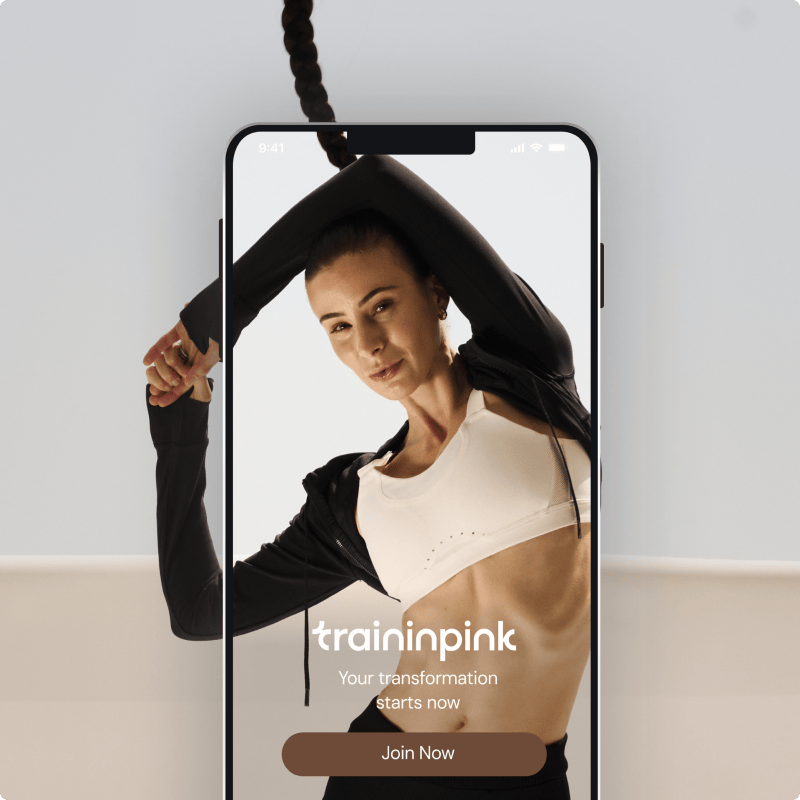
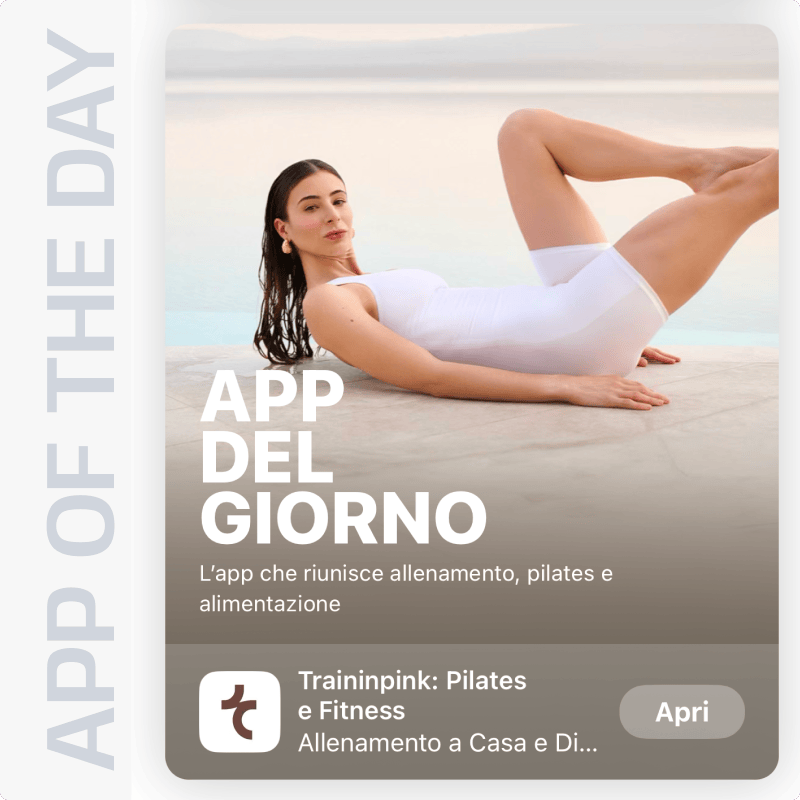
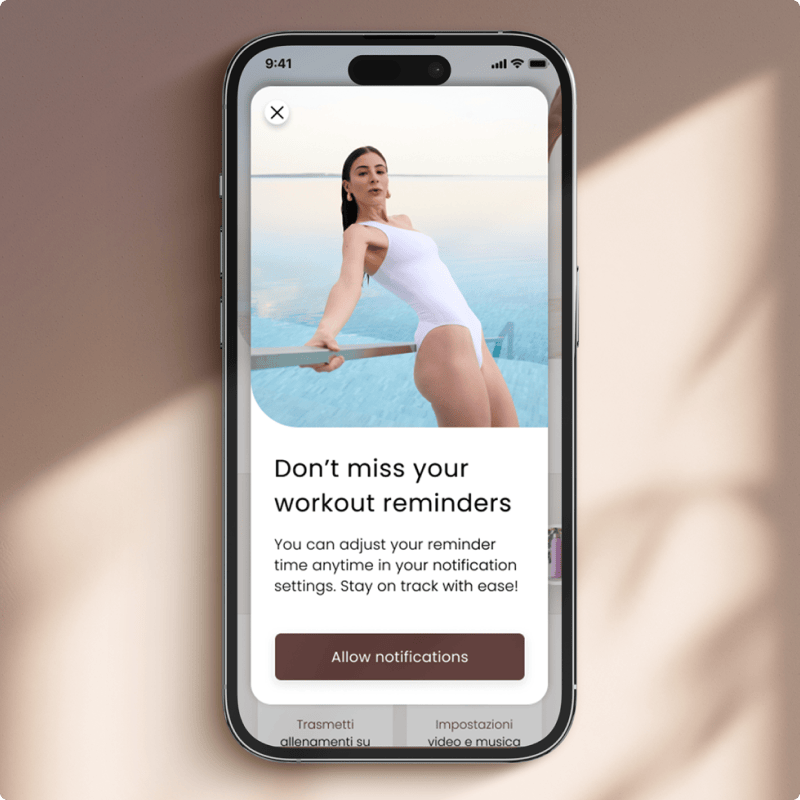
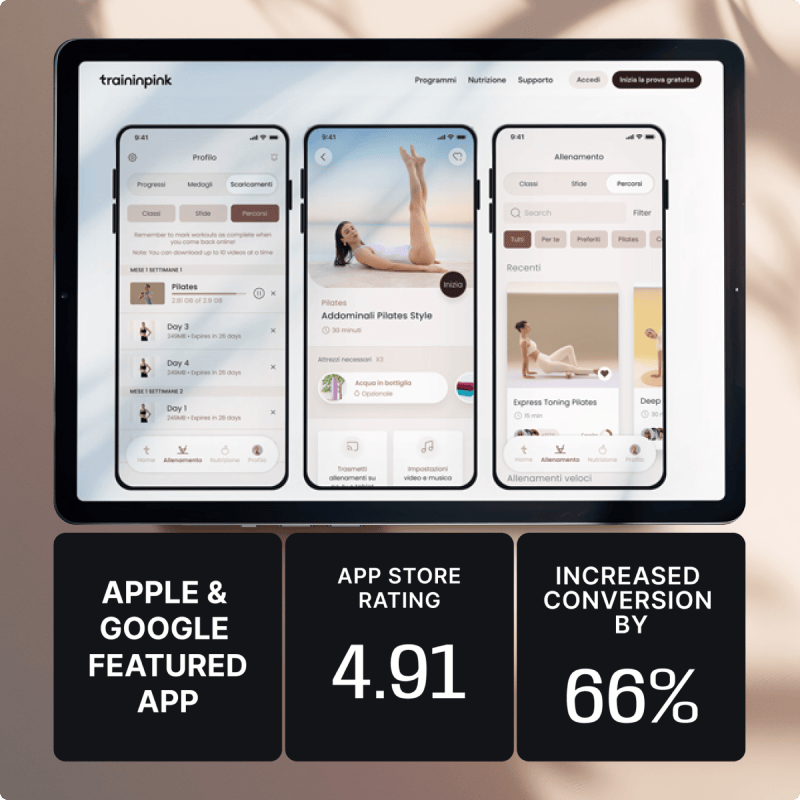
Fitness App Monetisation Strategies
Subscription Model (Recommended)
Recurring monthly or annual subscriptions provide predictable revenue and highest lifetime value. SWEAT's success proves subscription viability—users paying $19.99/month for access to structured programs, community, and continuous content updates.
Subscription Features: Free trial periods (typically 7-14 days), multiple tier options (basic, premium, VIP), annual discounts (encouraging longer commitment—typically 20-30% savings), family plans and group subscriptions, cancellation flows designed to retain users.
Typical Pricing: $9.99-$29.99/month or $79.99-$199.99/year. Premium tiers with 1-on-1 coaching: $49.99-$99.99/month.
Freemium Model
Free core features with premium upgrades for advanced functionality. Effective for rapid user acquisition with conversion to paid features. Typical freemium structures: limited workout access (5 workouts free, unlimited with subscription), community features free with personalised plans premium, basic tracking free with advanced analytics premium, ads in free version with ad-free premium experience.
Conversion Rates: Well-executed freemium converts 2-5% of free users to paid subscriptions within 90 days.
Alternative Monetisation Models
One-Time Premium: Single upfront payment ($29.99-$99.99) for lifetime access to complete programs—less common as users expect ongoing updates.
Hybrid Models: In-app purchases for additional programs, challenges, or features. B2B2C partnerships (fitness app white-labeled for gyms, corporate wellness programs at $5-$15/employee/month). Trainer revenue sharing (marketplace model where trainers earn 70-80% from their content). Sponsored content and brand partnerships (equipment, supplements, apparel).
Essential Fitness App Features
Workout Tracking & Logging
- Exercise selection from comprehensive database (1,000+ exercises)
- Sets, reps, weight, and time logging with easy interface
- Rest timer between sets with customisable durations
- Workout history and progress tracking over time
- Personal records and achievement celebrations
- Automatic progressive overload suggestions (increase weight 2.5-5lbs when hitting rep targets)
Video Exercise Demonstrations
- High-quality exercise videos showing proper form
- Multiple camera angles for complex movements
- Slow-motion breakdowns of technique
- Audio coaching cues during workouts
- Adaptive video quality based on connection speed
- Offline video downloads for gym use without WiFi
Progress Visualisation
- Body measurement tracking (weight, waist, hips, etc.)
- Progress photos with side-by-side comparison views
- Weight and body composition graphs over time
- Strength progression charts showing performance improvements
- Workout consistency calendars (streak tracking)
- Before/after transformation galleries
Personalisation & Adaptation
- Fitness goal setting (weight loss, muscle gain, endurance, strength)
- Experience level customisation (beginner, intermediate, advanced)
- Available equipment selection (bodyweight, dumbbells, full gym)
- Injury accommodations and exercise modifications
- Adaptive difficulty progression based on performance
- Workout duration preferences (15, 30, 45, 60+ minutes)
Social & Community
- Activity feed with workout updates and achievements
- Workout comments, reactions, and encouragement
- Monthly challenges and team competitions
- Leaderboards and rankings (by workout consistency, strength gains)
- Private groups and workout accountability partners
- Achievement sharing to Instagram, Facebook, Twitter
Offline Functionality
- Download workouts for offline access in gym
- Offline workout logging without internet connection
- Automatic background sync when reconnected
- Downloaded video library for poor connectivity areas
- Critical for gym environments with spotty WiFi
- Ensures uninterrupted workout experience
Fitness App Development Process
Phase 1: Fitness Strategy & Validation (Weeks 1-2)
We begin with comprehensive fitness business analysis understanding your training methodology, target audience demographics (age, fitness level, goals), competitive landscape analysis (what's working for similar apps), monetisation strategy validation, and feature prioritisation based on user value. For trainers and coaches, we help translate in-person training effectiveness into digital experiences that scale.
Key Questions Answered: What makes your fitness approach unique? Who are your ideal users? What behaviour changes create results? How do we measure workout efficacy? What drives user retention in your niche? What's your path to first 1,000 subscribers?
Phase 2: UX/UI Design & Prototyping (Weeks 3-6)
Fitness app design balancing motivation with simplicity. Our fitness app developers create workout flow designs minimising friction (users shouldn't struggle with UI during intense workouts), progress visualisation celebrating achievements, video player optimisation for streaming and offline viewing, social features encouraging without overwhelming, and onboarding flows converting new users into active participants.
Design Principles: Large, tappable buttons (users wearing gloves or sweaty hands), high contrast for outdoor visibility, portrait-optimised for single-hand use, minimal text during active workouts, motivational copy and visual feedback, accessibility for all fitness levels.
Phase 3: Development & Integration (Weeks 7-16)
Building your fitness platform with technical excellence. Our fitness app development includes native iOS and Android development or cross-platform (Flutter for 40% cost savings), HealthKit and Google Fit integration, wearable device connectivity (Apple Watch, Fitbit, etc.), video streaming infrastructure (adaptive bitrate, CDN optimisation), offline functionality with background sync, push notification systems for workout reminders and motivation, and subscription payment integration (in-app purchases, Stripe).
Technical Focus: Performance optimisation (smooth 60fps video, responsive UI during workouts), battery efficiency (GPS and heart rate tracking without draining battery quickly), data synchronisation reliability (never lose workout data), security for payment and health data.
Phase 4: Beta Testing with Real Users (Weeks 17-18)
Fitness apps must be tested by actual users during real workouts. We conduct beta testing with your target demographic (strength trainers, runners, yogis, etc.), gathering feedback on workout flows and ease of use, video quality and instruction clarity, tracking accuracy and ease of logging, motivation and engagement features, and technical issues (crashes, sync failures, battery drain).
Iteration Focus: Refining based on how users actually work out, not how we assume they work out. Real-world testing is critical for fitness app development success.
Phase 5: Launch & Growth (Weeks 19-20)
Strategic App Store and Google Play launch for fitness apps. We optimise App Store Optimisation (ASO) for fitness keywords, showcase transformation stories and social proof in screenshots and videos, implement fitness influencer and trainer partnerships for launch buzz, set up analytics tracking key fitness metrics (workout completion, daily active users, retention by program type), and plan content release schedule (new workouts, challenges, features).
Post-Launch: Continuous iteration based on user behaviour data, new workout content releases (keeping library fresh), feature additions based on user requests, performance optimisation as user base scales, community management and engagement strategies.
